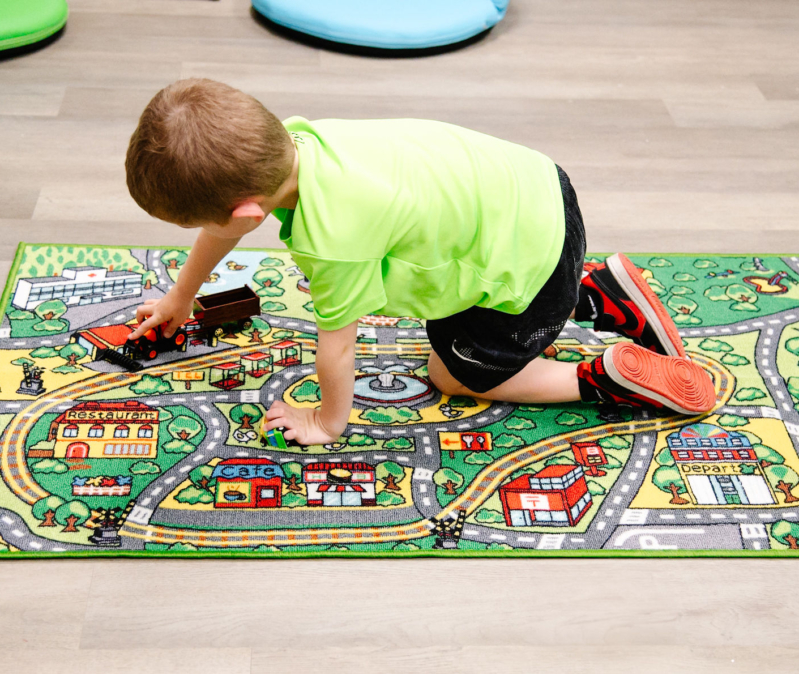Take the M-CHAT-R Online Autism Screening Tool
The Modified Checklist for Autism in Toddlers, Revised (M-CHAT-R) is a quick and easy screening tool that helps you check for early signs of autism in your child. It is not a diagnosis, but it can help you know if further evaluation might be helpful.
The questionnaire has 20 yes /no questions and is designed for toddlers between 16 and 30 months old. The M-CHAT-R is widely used by healthcare professionals to assess the likelihood for for autism in toddlers, and the American Association of Pediatrics recommends all children be screened at 18 and 24 months. After you submit the M-CHAT-R, a recommendation on next steps will be provided based on your results.


Is Your Child Hitting Developmental Milestones?
- Plays interactive games, like Peek-A-Boo
- Shows “stranger danger”
- Responds to others (smiling, making sounds, or gesturing)
- Responds to their name
- Babbles

- Uses words
- Plays pretend
- Points to show interest
- Plays with others

- Few aversions or sensitivities to noise, food, clothing etc.
- Able to transition activities
- Uses more words & forms short sentences (2-3 words)
- Shows interest in peers
- Initiates social interactions

Get Started Below
Please answer these questions about your child. Keep in mind how your child usually behaves. If you have seen your child do the behavior a few times, but he or she does not usually do it, then please answer no. Please answer yes or no for every question.
Frequently Asked Questions About M-CHAT-R
M-CHAT-R is © 2009 Robins, Fein, and Barton